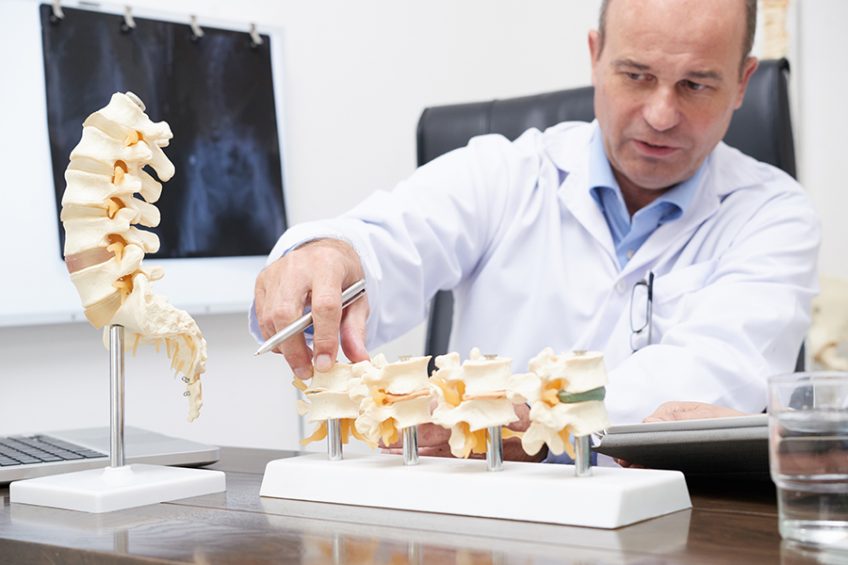Psoriatic arthritis is a form of arthritis associated with psoriasis, being included in the group of spondylitis. Most people first develop psoriasis and then are diagnosed with psoriatic arthritis. Sometimes joint damage may precede or coincide with a diagnosis of psoriasis.
CONTENT:
Causes
Psoriatic arthritis and psoriasis (red spots on the skin covered with silver scales called plaques) are autoimmune conditions.
The immune system protects the body against diseases and infections. In autoimmune diseases, it no longer recognizes its own structures and develops mechanisms that act against these structures.
Genes inherited from parents and grandparents can increase the chances of developing psoriatic arthritis. In the presence of certain genes, the following actions can trigger psoriatic arthritis:
- An infection;
- An accident or trauma;
- Obesity;
- Smoking.
Symptoms
Psoriatic arthritis can cause a number of symptoms. People will often have two or more of these symptoms that can range from mild to severe forms of joint damage.
Inflammatory pain accompanied by swelling and stiffness are the main manifestations that characterize joint suffering. Other symptoms are: dactylitis, inflammation of a tendon, etc.
Inflammation is normally a useful tool for a healthy immune system. This involves the migration of a significant number of molecules and cells to the affected tissue in an attempt to neutralize and remove the aggressor.
At the musculoskeletal level, the damage is present both axially and peripherally. The most commonly affected joints are:
- Small joints in the hands and feet;
- Knee;
- Ankle;
- Elbow;
- Fist;
- Sacroiliac joints;
- Spine.
Non-specific constitutional signs may also be associated, such as:
- Severe and persistent fatigue that does not go through rest;
- Weight loss;
- Lack of appetite.
The severity of the condition can vary considerably from person to person. Some people may have severe joint damage, with deformity and joint ankylosis, sometimes even mutilating, while in other cases joint damage may be limited (1-2 joints). 7% of patients require joint prosthesis surgery.
Treatment
The objective of the treatment is the remission of the disease (lack of its activity) or the minimization of the clinical manifestations, the treatment options being multiple. These involve the administration of symptomatic or activity-altering medication that may be associated with physical recovery.
People react differently to specific treatments, so you may need to try several options to find what works for you.
- Arthritis treatments
- Nonsteroidal anti-inflammatory drugs (NSAIDs);
- Steroid injections in the affected joints;
- Synthetically targeted disease-modifying drugs (DMARDs);
- Orthopedic treatment involving joint prosthesis (operation to replace damaged joints);
- Biological therapies – modifiers of disease activity (recommended when DMARDs have not proven effective).
Treatments for psoriasis:
- Creams and ointments;
- Retinoid tablets;
- Ultraviolet light therapy, also known as phototherapy;
- Some DMARDs and biologic therapies used for arthritis can also help with skin damage.
Lifestyle changes and home remedies are also beneficial. These include:
- Changing the way everyday tasks are performed to protect joints;
- Maintaining a healthy weight;
- Regular exercise;
- Rest and relaxation when needed;
- A proper diet;
- Support from others, such as family, friends or a therapist.


